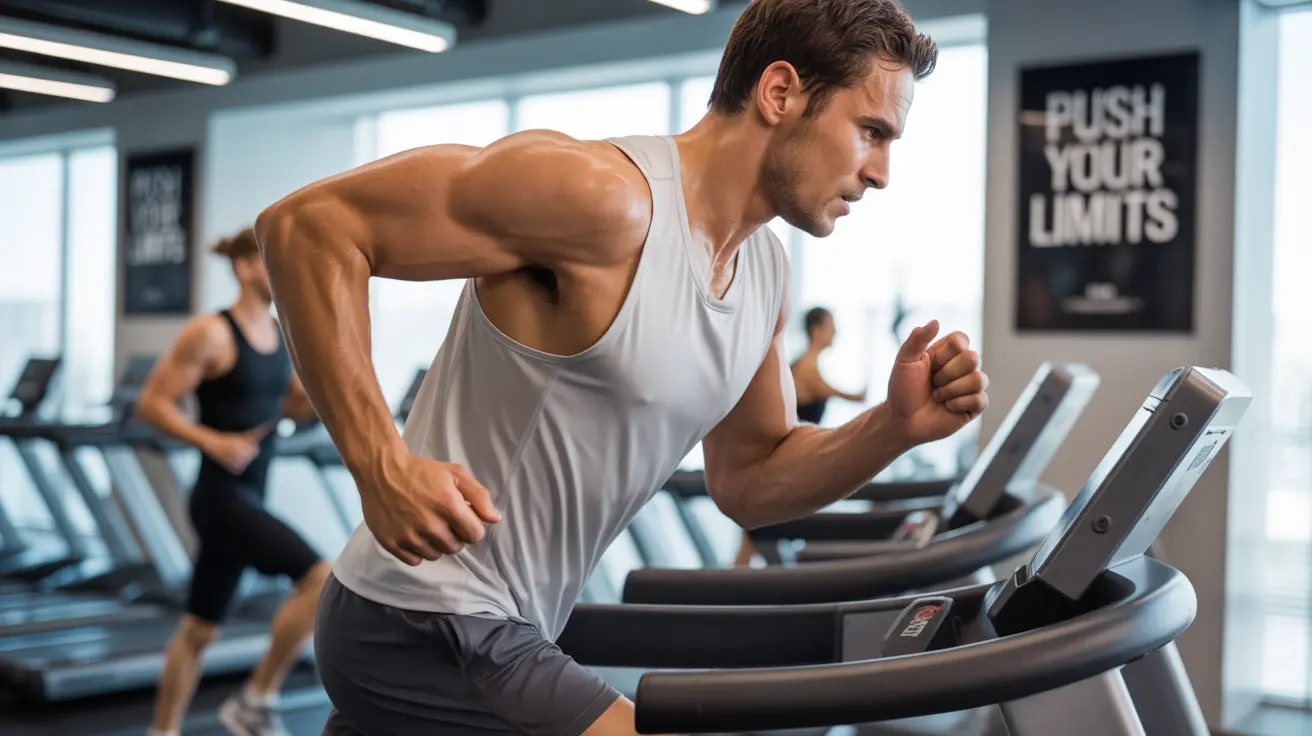Improving your VO2 max, the maximum amount of oxygen your body can utilize during intense exercise, is a key goal for many athletes and fitness enthusiasts. Whether you're a seasoned runner or just starting your fitness journey, understanding how to effectively boost your VO2 max can significantly enhance your athletic performance and overall cardiovascular health.
In this comprehensive guide, we'll explore evidence-based strategies to increase your VO2 max, including specific training methods, workout combinations, and practical tips for safe and effective progress.
Understanding VO2 Max and Its Importance
VO2 max represents your body's maximum oxygen consumption capacity during intense exercise. A higher VO2 max indicates better cardiovascular fitness and endurance capability. Athletes with superior VO2 max levels typically demonstrate better performance in endurance activities and recover more quickly from intense exercise.
Essential Training Methods to Boost VO2 Max
High-Intensity Interval Training (HIIT)
HIIT stands out as one of the most effective methods for improving VO2 max. These workouts alternate between periods of intense effort and active recovery, pushing your cardiovascular system to adapt and become more efficient at utilizing oxygen.
- 30 seconds all-out effort followed by 30 seconds recovery
- 4-minute high-intensity intervals with 3-minute recovery periods
- Tabata intervals: 20 seconds work, 10 seconds rest for 4 minutes
Endurance Training
Long-duration, steady-state cardio plays a crucial role in building your aerobic base and supporting VO2 max improvements. Incorporate activities like:
- Distance running
- Cycling
- Swimming
- Rowing
Determining Your Training Zones
To effectively train for VO2 max improvement, you need to work at appropriate intensities. Calculate your maximum heart rate using this formula: 220 minus your age. For VO2 max training, aim to work at 80-95% of your maximum heart rate during high-intensity intervals.
Progressive Training Program
A well-structured program should include:
- 2-3 HIIT sessions per week
- 1-2 longer endurance sessions
- Adequate recovery days between intense workouts
- Gradual increase in intensity and duration over time
Monitoring Progress and Recovery
Track your VO2 max improvements through:
- Regular fitness assessments
- Heart rate recovery times
- Performance metrics in workouts
- Perceived exertion levels
Frequently Asked Questions
What are the best exercises and training methods to increase VO2 max effectively?
The most effective methods include high-intensity interval training (HIIT), tempo runs, and progressive endurance training. Activities that engage large muscle groups, such as running, cycling, and rowing, are particularly beneficial when performed at varying intensities.
How does high-intensity interval training (HIIT) help improve VO2 max compared to steady-state cardio?
HIIT is more effective at improving VO2 max because it pushes your cardiovascular system to work at near-maximum capacity. While steady-state cardio builds endurance, HIIT creates greater demands on oxygen utilization, forcing your body to adapt and become more efficient.
How can I estimate my maximum heart rate to train safely and boost my VO2 max?
Subtract your age from 220 for a general estimate of your maximum heart rate. For VO2 max training, work at 80-95% of this number during intense intervals. Consider using a heart rate monitor for accurate tracking.
How long does it typically take to see improvements in VO2 max with consistent training?
With consistent training, noticeable improvements in VO2 max can occur within 4-8 weeks. However, individual results vary based on factors like starting fitness level, training intensity, and recovery quality.
What is the best way to combine interval and endurance workouts to maximize VO2 max gains?
Aim for 2-3 HIIT sessions per week, combined with 1-2 longer endurance workouts. Space high-intensity sessions at least 48 hours apart to allow proper recovery. Start with a ratio of 70% endurance to 30% high-intensity work, adjusting based on your fitness level and goals.




